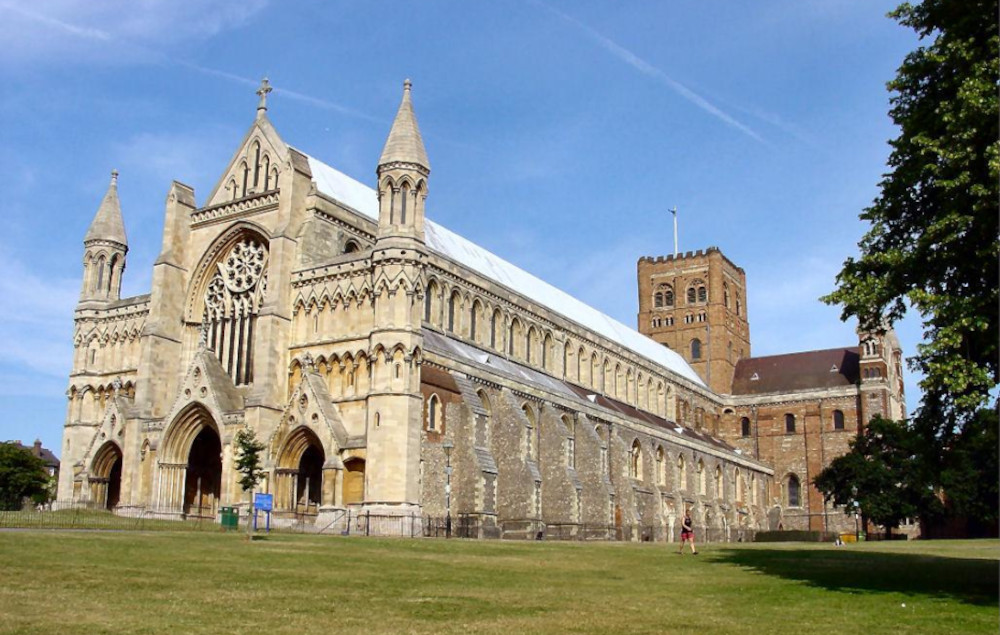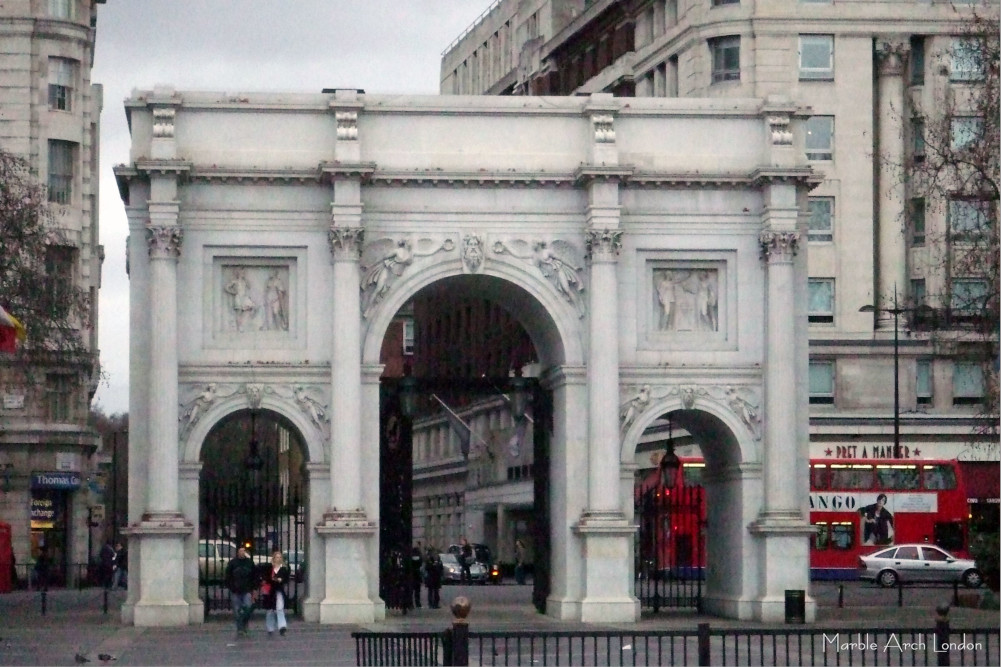
On October 29th, the marchers left Luton and continued their journey to St. Albans. St. Albans is the main urban area of the City and District of St. Albans, located approximately 22 miles (35 km) north of central London. The city is renowned for having the highest number of pubs per square mile in the country and claims to have the oldest pub in England, Ye Olde Fighting Cocks, where Sir Walter Raleigh is said to have stayed.
St Albans area has a long history of settlement. The Celtic Catuvellauni tribe had a settlement at Prae Hill a mile or so to the west. The Roman town of Verulamium, the second-largest town in Roman Britain after Londinium, was built alongside this in the valley of the River Vera little nearer to the present town center. The local economy is made up mainly of offices, small enterprises, retailing, and tourism-based enterprises.
The city center faces significant traffic congestion due to its numerous small surrounding streets, high car usage, inadequate road infrastructure, and limited availability of local public transportation, which discourages motorists from bypassing the city center. The local council estimates that 75% of traffic entering the city consists of through traffic. The accompanying picture depicts the Abbey Church, now known as St. Albans Cathedral, formerly the Cathedral & Abbey Church of St. Alban, but still referred to as The Abbey by the locals.
As mentioned earlier, on Friday, the marchers entered Greater London and stayed overnight in Edgeware. Edgeware is situated to the northwest of Marble Arch and is traversed by the A5 road, which passes beneath Marylebone Road, Maida Vale, Kilburn, and Cricklewood (as Cricklewood Broadway). The North Circular Road joins the A5 at Staples Corner, and from there, the road continues northward through The Hyde, Colindale, and Burnt Oak, until it reaches Edgware.
The picture is of a piece of Sculpture known as “The Window Cleaner” by Sculptor Allan Sly (senior lecturer at Wimbledon College of Art} outside Edgware Road Station.

The southernmost section of the road forms part of the London Inner Ring Road and serves as a boundary for the London congestion charge zone. It is primarily a residential and shopping area and is recognized by regular London Underground users as one of the northern termini of the Northern Line. Edgware features amenities such as a bus garage, a shopping center called The Mall, a library, Edgware Community Hospital, and two streams named Edgware Brook and Deans Brook, which are tributaries of the Silk Stream. The Silk Stream, in turn, merges with the River Brent at the Welsh Harp.
Finally, on the morning of Saturday, October 31st, the men reached their destination, Marble Arch, nearly one month after leaving their hometown of Jarrow. They were greeted by Alderman William Thompson, the Mayor, Mr. Charles Perkins, the Town Clerk, and several Jarrow counselors who had arrived by train overnight. Aside from a few poor days, the weather had been mostly favorable throughout the month-long march. Unfortunately, as they reached the end of their journey, London experienced its heaviest downpour in months. The men had to use their groundsheets as capes to shield themselves from the elements.
This is the journey that has been recorded in our history books. Some argue that the Jarrow March was a failure in terms of representing the population of Jarrow. However, in my opinion, it brought recognition to a town that had been devastated by the decline of the very industry that England relied upon. Jarrow had nowhere to go but up. The townspeople accomplished something that no one else had done—a march devoid of politics, with 200 men representing an entire community whose only crime was the desperate need for employment. This was the Jarrow March. Interpret it as you will.
For those individuals who like facts and figures, the Jarrow Appeal for donations brought them £1,567. 0. 5p old English pounds shillings & pence, before decimalization.
If you are interested in who made donations to the marchers see the bottom of the page.

I have attempted to recreate what it might have been like to march 300 miles with only the clothes they were wearing. These men and women understood the true meaning of hardship and deprivation. My version of the Jarrow March was inspired by “The Jarrow March 1936,” compiled and organized by Bede Gallery. Jarrow Hall: Anglo-Saxon Farm, Village, and Bede Museum. Bede’s World Jarrow. Text by: David Dougan, Photographic Interpretations by: Irene Reddish.
If you are interested in the past, this book effectively conveys an emotional message. If you believe the present is challenging, I recommend reading this book. It serves as a reminder that nowadays we can travel to London within a few hours, whereas in the past, it took the marchers almost a month to walk and endured great hardships.
Note
The book brings to mind the concept of rough justice, an indifferent government, and a self-centered attitude of “I’m alright, Jack—forget about you.” Unfortunately, not much has changed. It is reminiscent of the current government in power (as of January 2023 and they are still in power 2024).
Poverty, too, continues to exist in 2024, and I doubt it will ever be eradicated, at least not within my lifetime.
Jal Jineseyo… Thank you for your visit.
- General Public Donations
- Jarrow £183. 15. 2p
- Tyneside Towns £55. 1. 9p
- The rest of the UK is £400. 0. 0p
- Overall Total = £680. 16. 11p
- Donations three main parties Conservative, Labour, Liberal £ 61. 1. 10p
- Donations from Trade Unions £134. 6. 5p
- Donations from the Co-operative Societies £323. 2. 7p
- Collections on route £317. 12. 8p
Special Donations
- Special Supper donation of £ 50. 00. 00p
- Grand Total = £885. 18. 6p – Over All Total = £1,567.0. 5p
If you would like to watch a video the following YouTube link will open a new page where you can watch the video. It will take you on a journey of the River Tyne, showing video footage of both old and new images. The background song, The Big River, is sung by Jimmy Nail. If you would prefer another singer this link will take you on a similar journey except for the song sung by Joe McElderry
Note
Just like Natural Tys (my old website) no longer exists neither do the shipyards… It’s appropriate to use their words. It’s a story of forgotten memories with tremendous pride and the right to be so…superb song… Never forget your roots and be proud of who you are.
Back To A Moment In History
Edgware Road The Window Cleaner Image: Wikipedia. Marble Arch Image: Webshots.